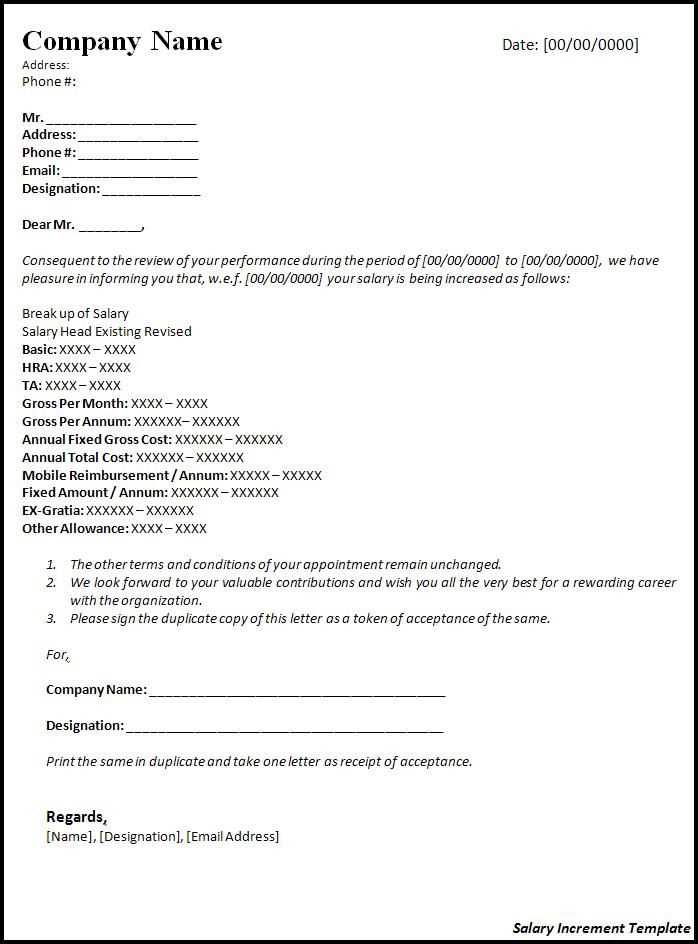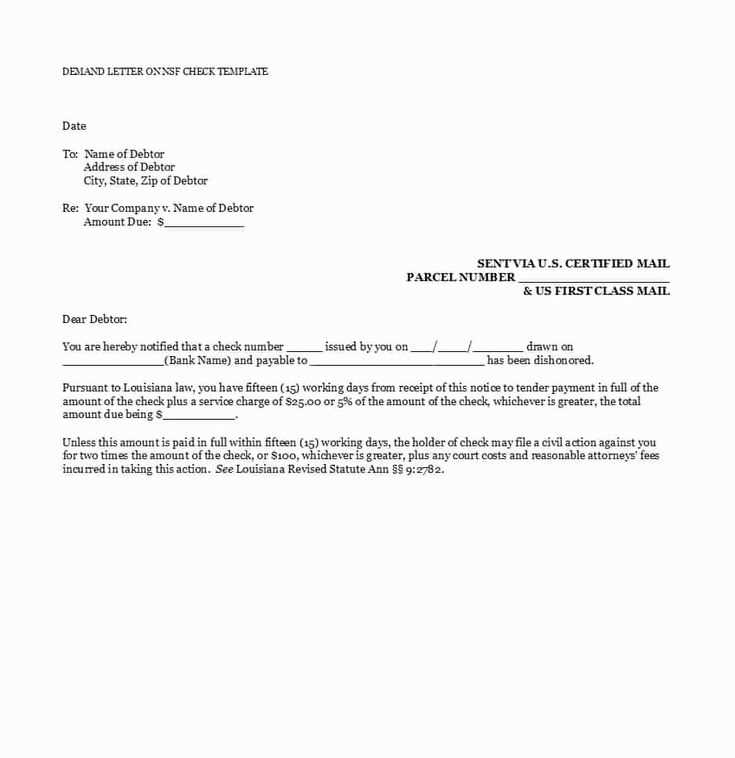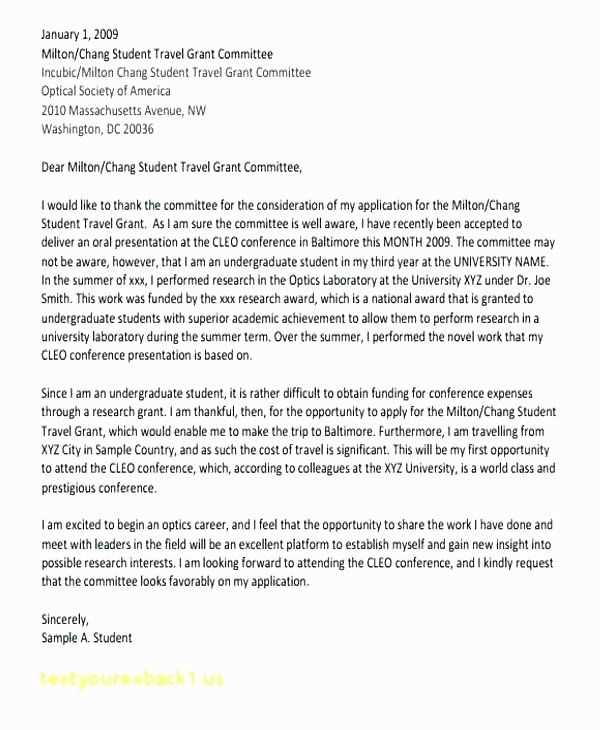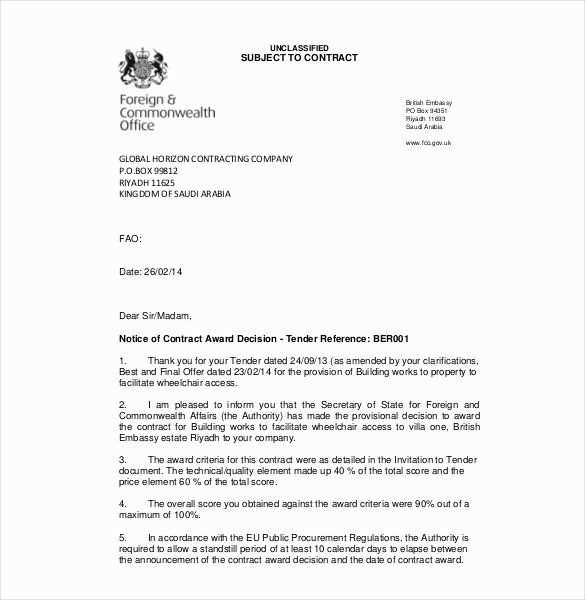No-cost grant extension letter template

When requesting a no-cost extension for a grant, it’s critical to be clear and concise. The letter should outline the reason for the extension, how the additional time will be used, and the expected outcomes. This approach ensures that the funding agency understands the purpose and justifies your request.
Be sure to include specific details about your project’s progress. A clear explanation of what has been accomplished and what remains to be done helps demonstrate that you are making meaningful use of the funding. Mention any unforeseen circumstances that caused delays, but avoid excessive explanations or unrelated issues.
Keep the tone professional and positive. Emphasize your commitment to completing the project successfully within the extended time frame. Highlight any changes to the budget, if applicable, and reassure the funding agency that no additional funds will be required.
No-Cost Grant Extension Letter Template
To request a no-cost extension for a grant, follow a clear, direct approach in your letter. Include necessary details such as the original project timeline, the reasons for the delay, and your plan to complete the project within the extended period. Be concise and maintain a professional tone throughout.
Key Information to Include

Ensure your letter addresses the following key points:
| Element | Details |
|---|---|
| Grant Number | Include the specific grant number to help the recipient identify the project. |
| Project Title | State the official title of the project as listed in the grant agreement. |
| Current End Date | Provide the original project completion date as mentioned in the grant agreement. |
| Requested Extension Period | State the desired new project end date and specify the length of the extension. |
| Reasons for Delay | Briefly explain why the project has not been completed as planned. Provide details on any unforeseen circumstances. |
| Plan to Complete | Outline your strategy for completing the project within the extension period, including any changes or adjustments made to the timeline. |
| Contact Information | Provide your contact details for any further correspondence regarding the extension request. |
Sample No-Cost Grant Extension Letter
Here’s a simple example of how to structure your request:
Subject: Request for No-Cost Extension of Grant #12345
Dear [Grant Officer’s Name],
We are writing to request a no-cost extension for the project titled “[Project Title]” under grant number #12345. The original project end date was [Original End Date], and we are requesting an extension of [Number of Months] months, with a new completion date of [Requested End Date].
The delay in completing the project was due to [brief explanation of the reasons for the delay]. We are committed to completing the remaining work and expect to finalize the project by the new requested date. We appreciate your consideration of this request and look forward to your approval.
If you require additional information, please feel free to contact me at [Your Contact Information].
Sincerely,
[Your Name]
[Your Title]
[Your Organization]
Understanding the Purpose of No-Cost Extensions
A no-cost extension allows project timelines to be extended without additional funding. This option is useful when a project requires more time to complete its objectives, but there are no further financial needs. It provides flexibility for the project team while ensuring that the original scope and goals are met within the extended period.
Why Request a No-Cost Extension?
Requesting a no-cost extension might be necessary for various reasons, such as:
- Unforeseen delays in project activities.
- Completion of key tasks that take longer than anticipated.
- Waiting for necessary data or results that were delayed.
- Project adjustments or changes in methodology that require extra time.
How to Request a No-Cost Extension
To request a no-cost extension, follow these general steps:
- Review the terms of your grant or agreement to ensure that an extension is permissible.
- Prepare a detailed explanation of why the extension is necessary and how the project will proceed during the additional time.
- Submit the request to the funding agency before the original deadline, following their specific instructions.
- Provide any necessary supporting documentation, such as project progress reports or budget summaries.
This process helps ensure that all stakeholders understand the reasons for the extension and agree on the new timeline. A well-prepared request can streamline approval and maintain the project’s momentum.
Key Elements to Include in Your Letter

Clearly state the reason for your request right at the beginning. Mention the specific grant and the need for an extension, ensuring that the recipient understands the purpose immediately.
Provide Relevant Dates

Include the original grant deadline and the proposed new deadline. Be precise about the duration of the extension you’re requesting and why this timeline is necessary for completing the project.
Explain the Need for the Extension
Detail the reasons behind the delay, whether it’s due to unforeseen circumstances, external factors, or project complexities. Provide a clear explanation without unnecessary elaboration.
Be transparent about your progress and outline any remaining steps needed to meet the project goals. Reassure the recipient that the additional time will be used effectively to ensure the completion of all tasks.
How to Justify the Need for an Extension
Clearly outline the reasons behind the request by detailing any unforeseen obstacles. Provide a timeline of the project’s progress and pinpoint areas where delays have occurred. Mention any issues that were outside of your control, such as supply chain disruptions or team member availability, which directly affected the project’s completion. Concrete examples add credibility to your request.
Highlight Remaining Tasks
Break down the work still pending and explain why it cannot be completed within the original timeframe. Show how additional time will allow for quality work and ensure all deliverables meet the required standards. Be realistic about how long it will take to finish the remaining tasks.
Provide a New Timeline
Offer a detailed plan with clear milestones and deadlines for each phase. This reassures the grantor that the project will be completed within a reasonable period. Specify the resources you will allocate and any changes made to improve efficiency moving forward.
Best Practices for Formatting the Letter
Focus on clarity and readability. Use a clean, professional font like Arial or Times New Roman in a 12-point size. Keep margins at 1 inch on all sides for a neat appearance. Align the text to the left and avoid using full justification, which can create uneven spacing.
Structure the Letter Effectively
Start with the recipient’s name and address at the top left. Below this, include the date, followed by your name and contact information. In the salutation, address the recipient by name whenever possible. Avoid overly formal or generic greetings.
Be Direct and Specific
Present your request or purpose clearly in the opening paragraph. Follow with concise details explaining the reason for the extension and any supporting facts. Avoid unnecessary background information that could distract from the core message. Conclude with a polite request for the extension and a formal closing.
Common Mistakes to Avoid When Requesting Extensions
Avoid being vague in your extension request. Be clear about why you need the extension and provide specific details. Lack of clarity can lead to confusion and delays in processing your request.
Don’t wait until the last minute. Giving insufficient notice can make it difficult for the recipient to process your request or provide the necessary approval. Request extensions early to allow for any necessary adjustments.
Don’t fail to follow the required format. Ensure that your request adheres to the guidelines provided by the organization or institution you’re working with. A poorly formatted request may result in rejection or delays.
Don’t ignore the timeline. Always include the new proposed deadline in your request. Failing to do so may cause ambiguity about the duration of the extension and complicate approval.
Be sure not to make assumptions. Don’t assume your request will automatically be granted. Provide all supporting information and reasons why an extension is needed to increase the likelihood of approval.
Ensure your request is respectful and professional. Avoid making demands or presenting the situation in a way that could be perceived as a complaint. Maintaining a positive and cooperative tone can help facilitate a smoother process.
How to Submit the Extension Request
Prepare all necessary documents before submitting your extension request. Be clear and concise in your communication to avoid delays. Follow these steps for a smooth submission process:
- Review the Guidelines: Familiarize yourself with the specific extension policies and requirements provided by the grant organization. Ensure your request aligns with their criteria.
- Draft the Letter: Clearly state the reason for the extension and include any supporting documentation. Specify the exact extension period you are requesting.
- Double-Check the Deadline: Submit your request before the official grant deadline. Some organizations may only accept requests within a specific time frame.
- Use the Correct Submission Method: Check whether the grant provider prefers digital or physical submissions. Ensure you are using the correct channel to send your extension request.
- Include Contact Information: Provide current contact details in case the grant organization needs to reach you for further clarification.
- Follow Up: If you don’t receive confirmation within a reasonable time, follow up to ensure your request was received and is being processed.
By following these steps, you can ensure your extension request is submitted properly and has the best chance of being approved.